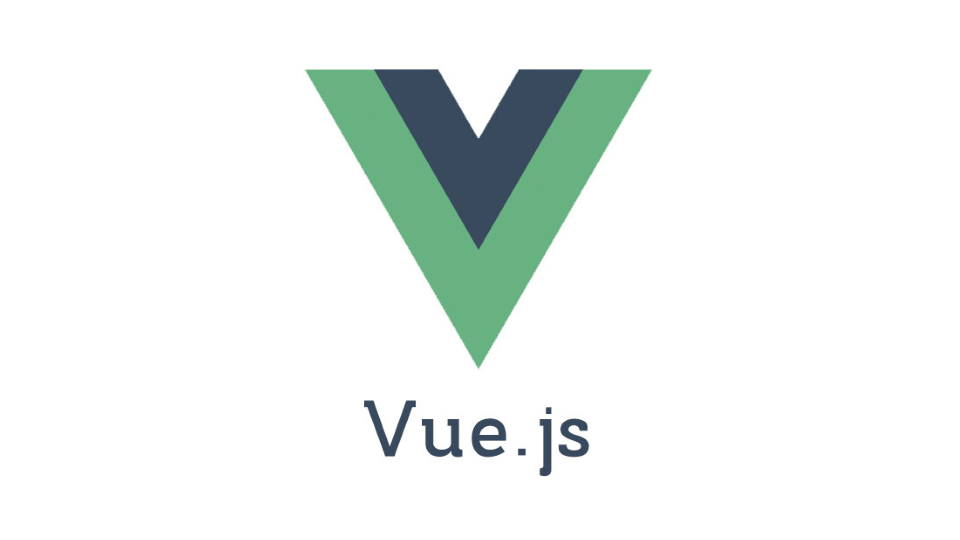I’ve been digging into Vue.js a lot lately. I’m working on a new course on it that will be released on May 1st.
Coming from Angular and Angular.js, I was surprised to see that remote views were not supported out of the box. Now I’m not using it with Webpack or Browserfy, so I am probably using it outside the norm. But I still think remote views (or in the case of hosting in ASP.NET, generated views) are a powerful idea.
I kept looking for a plugin that would support it. I was ready to ditch the whole idea when I saw in the docs they explained in there (almost).
So let me walk you through it. I haven’t tried this with a simple Vue.js instance, but only with a component since that’s probably the best way to do it anyway. So as a reminder, to create a component, you need to either embed a component, or just create a global component like so:
Vue.component("remote-vue", {
template: "<div>Hello World</div>"
});
But then I noticed that they also support async components:
Vue.component("remote-vue", function (resolve, reject) {
resolve({
template: "<div>Hello World</div>"
});
}
});
Again, Vue doesn’t support a native network stack, so whether you’re using jQuery or something like axios, it’s just up to you to make the call to get the template:
Vue.component("remote-vue", function (resolve, reject) {
// using axios for the network call
axios.get("/templates/remote-vue.html")
.then(function (response) {
resolve({
template: response.data
});
})
.catch(function () { reject(); });
}
});
The magic here is that you’re passing in a promise so that you can resolve with the found data or reject it in the case of an error.
My real example uses more than just a template:
(function () {
// Create Components
Vue.component("remote-vue", function (resolve, reject) {
axios.get("/templates/remote-vue.html")
.then(function (response) {
resolve(createRemoteVue(response.data));
})
.catch(function () {
console.log("FAILED");
reject();
});
});
function createRemoteVue(template) {
return {
template: template,
data: function () {
return {
foo: "Hello",
items: [{
name: "Shawn",
age: 48
},
{
name: "Steve",
age: 33
}
]
};
},
methods: {
onSave: function (item) {
alert(item.name);
}
}
}
}
// Bootstraping the vue
var vm = new Vue({
el: "#theApp"
});
})();
You can find that in this repo if you want to play with it (just npm start to get it started):
Let me know if you think you’d use Vue.js this way!


